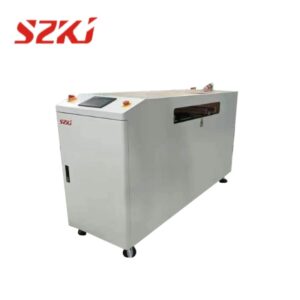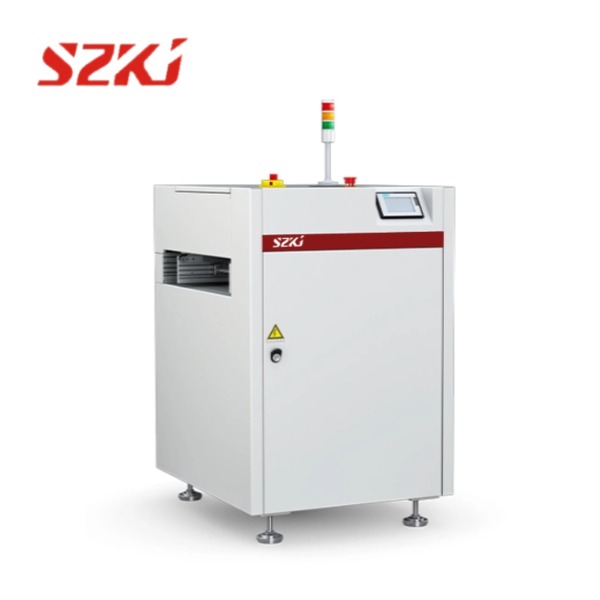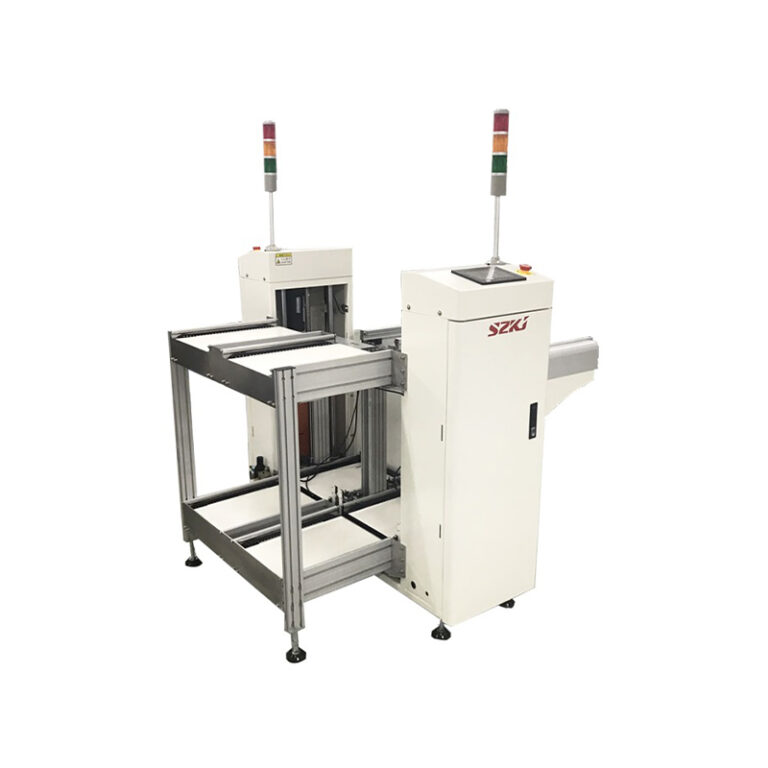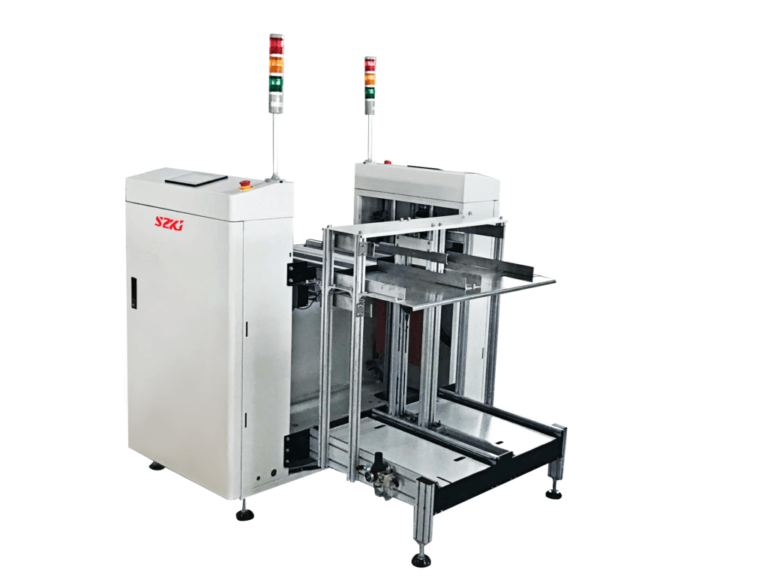Table of Contents
ToggleIn modern electronics manufacturing, Surface Mount Technology (SMT) has revolutionized how components are assembled onto printed circuit boards (PCBs). A core part of this technology is the surface mounting device (SMD), a type of electronic component designed specifically for SMT assembly. This article will explore what Surface Mount Technology and surface mounting devices are, how to recognize SMD components visually, the benefits of sourcing SMD components and PCB assembly solutions, and why a one-stop solution can be advantageous for manufacturers.

What Is Surface Mount Technology (SMT) and Surface Mount Device (SMD)?
Surface Mount Technology (SMT) is a method used to mount electronic components directly onto the surface of a PCB, as opposed to traditional through-hole mounting, where components are inserted into drilled holes in the PCB. SMT is a highly automated process that utilizes pick-and-place machines to accurately place components, followed by soldering in a reflow oven. This allows for smaller, more compact designs and faster assembly processes, making SMT the preferred choice for modern electronics manufacturing.
Surface mounting devices (SMDs) are the components used in SMT assembly. Unlike traditional components with leads that go through holes in the PCB, surface mounting devices are designed with flat leads that allow them to be mounted directly onto the surface. These components can be resistors, capacitors, integrated circuits (ICs), diodes, or even connectors, and they come in various sizes and shapes, from tiny 0201 packages to larger components like surface-mount connectors.
How to Visually Recognize SMD Components
Identifying surface mounting device components can be a bit tricky for those new to electronics, but there are key visual indicators that set them apart from traditional through-hole components. Here are some tips on recognizing SMD components:
Flat Leads: The most distinguishing feature of SMDs is their flat, rectangular leads. Unlike through-hole components, which have wire leads that pass through the PCB, surface-mounting device components have leads that sit flush against the surface of the PCB.
Small Size: Surface mounting device components are typically much smaller than their through-hole counterparts. The size of these components is usually indicated by their part numbers, such as “0805” or “1206,” which refer to their dimensions in inches (e.g., 0805 means 0.08” by 0.05”).
No Pins or Legs: Many SMD components, such as resistors and capacitors, are simply flat packages with no visible pins or legs. This is a sharp contrast to the traditional components, which feature extended legs or wires.
Shape: Surface mounting device components come in a variety of shapes, including rectangular, square, or cylindrical. The most common shapes include rectangular resistors and capacitors, while more complex components like ICs come in a rectangular shape with multiple pins along the sides.
By becoming familiar with these visual cues, you can easily differentiate surface mounting device components from other types.
SMD Component Procurement and PCB Assembly One-Stop Solution
For electronics manufacturers, sourcing surface mounting device components and handling PCB assembly can be a time-consuming and complex process. To streamline production, many companies offer one-stop solutions that provide both SMD component procurement and PCB assembly services. These services can save manufacturers significant time and cost by managing the entire process in one place.
SMD Component Procurement involves sourcing components from reliable suppliers. With the increasing demand for electronic devices, there are many suppliers to choose from. However, working with a trusted supplier who offers quality components is crucial for ensuring the reliability of your final product. A good procurement partner should also be able to provide guidance on choosing the right SMDs for your specific application.
PCB Assembly refers to the process of soldering the surface mounting device components onto the PCB. Automated assembly lines using pick-and-place machines handle this task with high precision and speed. The one-stop solution typically includes everything from component procurement to assembly, quality control, and testing, ensuring a seamless workflow and reducing the risk of errors that could occur if multiple suppliers are involved.
The main advantages of choosing a one-stop solution for SMD procurement and PCB assembly include:
Efficiency: Consolidating both sourcing and assembly under one provider reduces the time needed to manage multiple vendors and suppliers. This results in quicker turnaround times and more efficient project management.
Cost Savings: By consolidating both procurement and assembly processes, manufacturers can often secure better pricing on components, as bulk orders typically reduce the cost per unit.
Quality Assurance: A reputable one-stop solution provider ensures that all components are of high quality and meet industry standards. This guarantees that the SMDs used in the PCB assembly are reliable and perform as expected.
Consistency: With all stages of production handled by a single provider, there is better consistency across the product lifecycle, ensuring that the assembly process adheres to specific standards and quality checks.
Conclusion
In conclusion, Surface Mount Technology (SMT) and surface mounting device components play a crucial role in modern electronics manufacturing. SMT allows for smaller, faster, and more reliable assembly of electronic devices, and SMDs are essential components in this process. Recognizing surface mounting device components visually can be an essential skill for engineers and manufacturers, and understanding their benefits is important for efficient PCB assembly.
When it comes to sourcing surface mounting device components and handling PCB assembly, a one-stop solution can significantly simplify the process. By procuring components and assembling PCBs with a trusted supplier, manufacturers can save time, reduce costs, and improve the overall quality of their products. Whether for consumer electronics, medical devices, or industrial applications, embracing SMT and SMD technology can provide a competitive advantage in the rapidly evolving electronics market.




